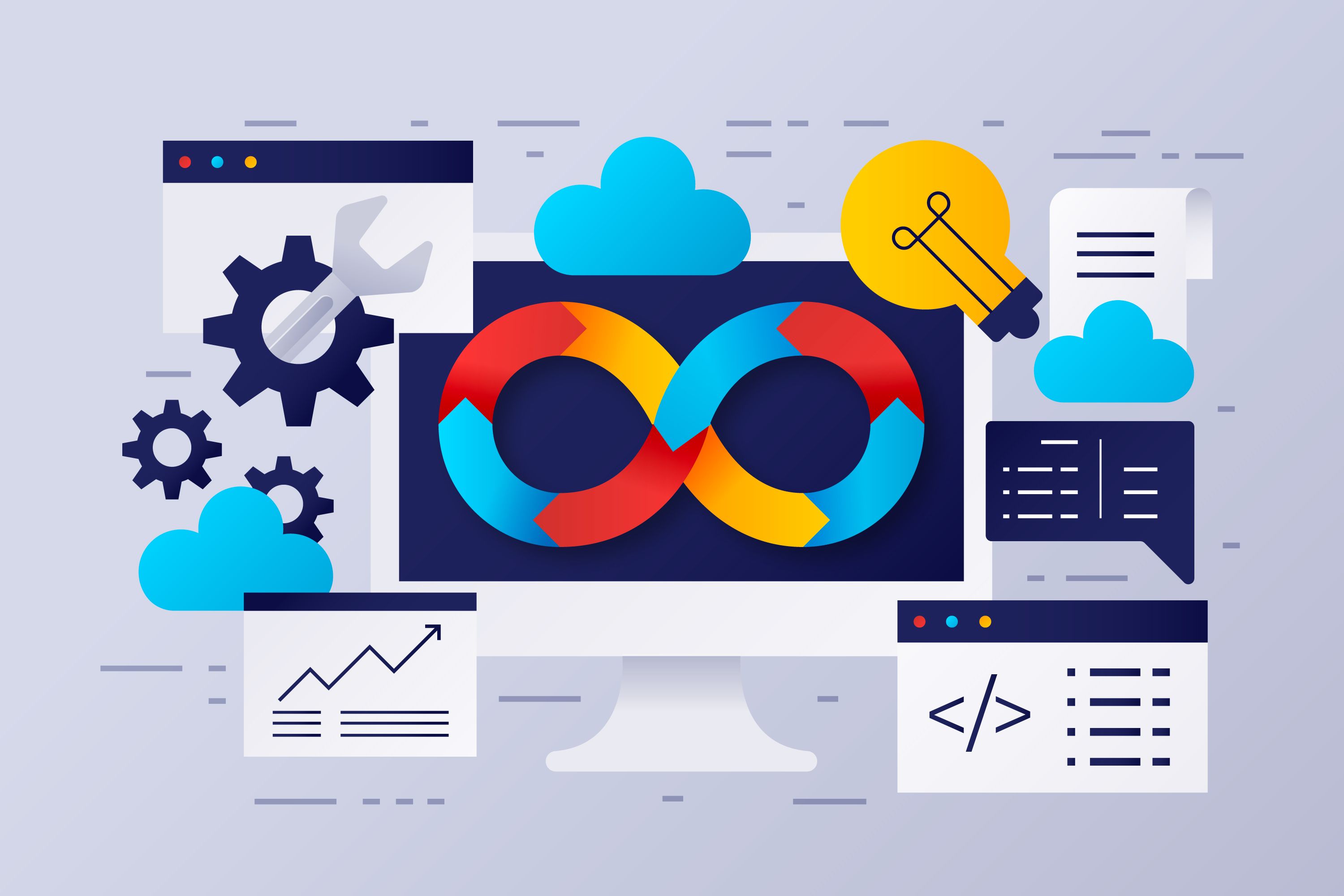- Published at
The Importance of Secure Software Development Life Cycle (SSDLC) in Cloud Security

Integrating Security into Every Phase of Cloud Software Development.
Table of Contents
Introduction
Cloud computing has become an integral part of business operations. While it offers organizations scalability and flexibility, it also introduces new security challenges. For security professionals, understanding and implementing a Secure Software Development Life Cycle (SSDLC) is crucial to protecting cloud environments.
What is SSDLC?
The Secure Software Development Life Cycle is a process that integrates security at every phase of software development, from conception to deployment and maintenance. Unlike traditional software development life cycles, SSDLC emphasizes proactive security measures to identify and mitigate vulnerabilities early on.
Why SSDLC Matters in Cloud Environments
Cloud platforms are increasingly targeted by cyber threats due to the valuable data they hold. For example, take a look at this report. Implementing SSDLC ensures that security is not an afterthought but a foundational element of software development. This approach reduces the risk of security breaches, lowers costs associated with late-stage vulnerability fixes, and ensures compliance with regulatory standards.
SSDLC Phases and Security Integration
1. Requirements Gathering
Security Tasks:
- Identify Security Requirements: Determine the security needs based on data sensitivity, compliance standards like GDPR or HIPAA, and organizational policies.
- Risk Assessment: Evaluate potential risks associated with the application and prioritize them.
Security Professional’s Role: Ensure that security requirements are clearly defined and align with both business objectives and compliance mandates.
2. Design
Security Tasks:
- Threat Modeling: Analyze the system architecture to identify potential threats and vulnerabilities.
- Security Architecture: Develop a robust security architecture that includes authentication mechanisms, encryption standards, and access controls.
Security Professional’s Role: Embed security considerations into the architectural design, advocating for best practices like the principle of least privilege.
3. Implementation
Security Tasks:
- Secure Coding Practices: Implement code that adheres to security standards to prevent common vulnerabilities like SQL injection or cross-site scripting (XSS).
- Code Reviews: Conduct regular code reviews to identify and rectify security flaws.
Security Professional’s Role: Promote a culture of secure coding within the development team and ensure that security guidelines are followed rigorously.
4. Testing
Security Tasks:
- Static and Dynamic Analysis: Use automated tools to analyze code for security weaknesses.
- Penetration Testing: Simulate attacks to identify vulnerabilities that automated tools might miss.
Security Professional’s Role: Oversee the testing processes to ensure comprehensive security evaluations are conducted before deployment.
5. Deployment
Security Tasks:
- Secure Configuration: Ensure that the deployment environment is securely configured, including network settings, firewalls, and access controls.
- DevSecOps Integration: Incorporate security practices into the DevOps workflow for continuous security validation.
Security Professional’s Role: Facilitate the integration of security into deployment processes, advocating for automated security checks within CI/CD pipelines.
6. Maintenance
Security Tasks:
- Patch Management: Regularly update software components to address new vulnerabilities.
- Continuous Monitoring: Implement monitoring tools to detect and respond to security incidents promptly.
Security Professional’s Role: Establish policies for ongoing maintenance and incident response, ensuring that the system remains secure throughout its lifecycle.
Best Practices for SSDLC in Cloud Environments
- Automate Security Processes: Leverage automation for code analysis, testing, and deployment to reduce human error and increase efficiency.
- Continuous Integration/Continuous Deployment (CI/CD): Integrate security checks into the CI/CD pipeline to catch vulnerabilities early.
- Training and Awareness: Provide regular training for development teams on the latest security threats and mitigation strategies.
- Vendor Management: Assess third-party components and services for security compliance to avoid supply chain risks.
- Policy Enforcement: Implement policies that enforce security standards and conduct regular audits to ensure compliance.
Conclusion
Implementing a Secure Software Development Life Cycle is not just a best practice but a necessity in today’s cloud-centric world. As a security professional, you play a key role in integrating security into every phase of software development. By championing SSDLC, you help protect your organization’s assets, maintain customer trust, and ensure compliance with regulatory standards.
Remember: Security is a shared responsibility that starts with a commitment to integrate it seamlessly into the software development process. Embrace SSDLC to build resilient, secure, and trustworthy cloud applications.